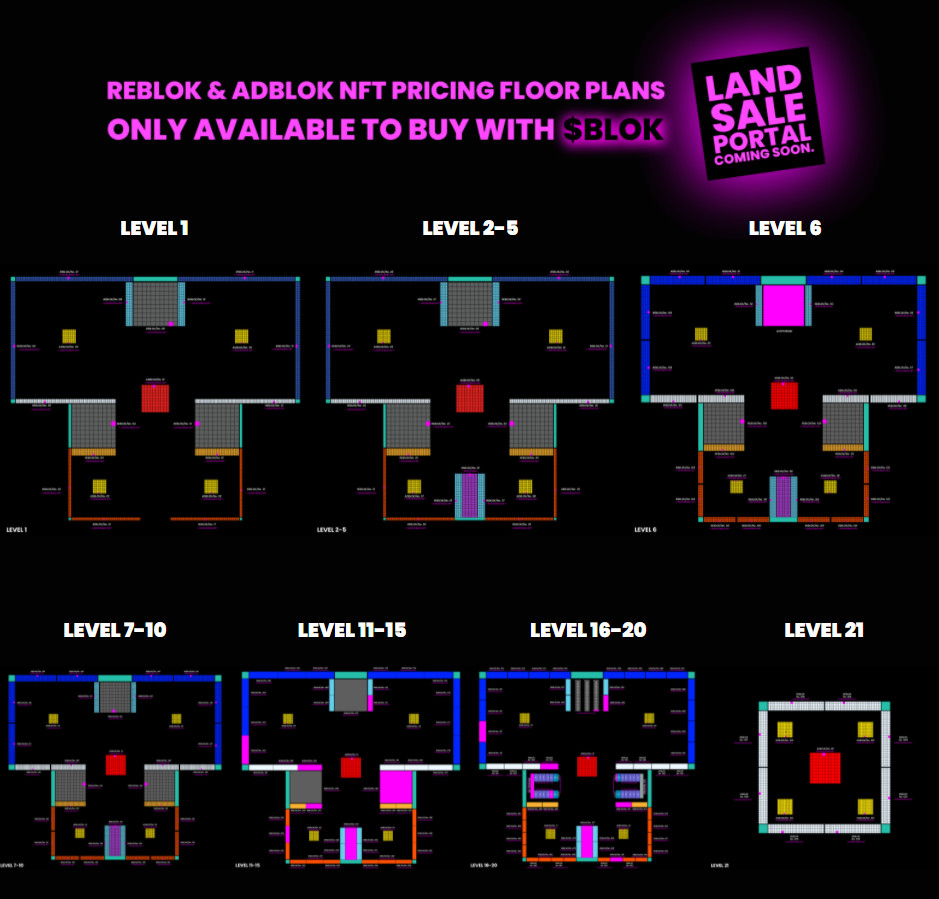2022-3-17 18:10 |
Product updatesInstall Trezor Suite version 22.3.2 by opening Trezor Suite and following the on-screen instructions.
An update for Trezor Suite is ready to install. To download and apply the update just open Trezor Suite and follow the on-screen instructions. An overview of the changes included in this update can be found in the release notes.
Get Trezor Suite for free on desktop or browser at suite.trezor.ioDozens of features to discover.Try Suite now.
Want to try out new features early and contribute to Trezor Suite? Sign up for Early Access through Application Settings and get the next update a week before official release!
ContentsFull node support for Electrum ServerCardano supportSign & Verify via ElectrumNew Sell providers in InvityJapanese BetaFull node support for Electrum ServerTo enable full self-sovereignty, you can now connect the Trezor Suite desktop app directly to your Electrum Server node to verify transactions yourself.
It has long been possible to connect to your own node running Trezor’s open-source Blockbook software, but this update expands full node support to Electrum Server’s large userbase.
Why run your own node?The easiest way to support the Bitcoin network is to contribute to verifying transactions by running a full node. Nodes are fundamental Bitcoin infrastructure that keep track of the blockchain and act as impartial auditors that ensure only valid transactions are mined.
Trezor hosts several secure nodes for Trezor Suite to connect to by default, but running your own can provide additional peace of mind and can give a lot of satisfaction. Using your own full node ensures you are not leaking information about owned addresses to your internet provider or other observers, therefore protecting those addresses from being somehow connected to your identity.
What is Electrum Server?Electrum Server is one of the most commonly used node implementations. It fetches, indexes and verifies transactions made on the Bitcoin blockchain. Integration in Trezor Suite enables users to connect to the many products that use Electrum Server such as devices running Umbrel OS, which makes nodes accessible to anyone with access to a Raspberry Pi.
How to connect to your own nodeIf you are not currently running a node, there are many ways to get started. Free and open source software is widely available and supported by all kinds of operating systems and hardware. Electrum Server can be installed and run as a standalone program or bundled alongside other tools. You can also connect to existing Electrum Server nodes if you do not want to run your own.
Once you have a node up and running, connecting to it is as simple as entering the address of your node under the Bitcoin settings, which is found under the Crypto tab in Settings.
Click on the gearwheel next to Bitcoin, enter an address in the format url:port:protocol, e.g. electrum.example.com:50001:t, and click Confirm. The t at the end stands for TCP; some servers run over SSL, in which case this flag should be set to s.
Choose Custom Electrum server then enter the address, port and protocol of the node to connect to.Onion addresses can also be used, maintaining privacy when using Tor in Trezor Suite and other apps. If Tor is disabled when connecting to an onion address, you will be prompted to enable it before proceeding.
Once a custom backend is enabled, a new Backends icon will appear alongside Tor and Discreet mode in the right of the top menu bar. Click on the icon to see the connection status.
Discreet mode, Backends, Tor, Notifications, Settings.Clicking this icon will allow you to manage your backend settings at any time.
Cardano supportCardano accounts are now available in Trezor Suite, allowing you to store and transact. Model T users can now manage Cardano transactions and staking directly in Trezor Suite. A guide to using Cardano and staking will be added to Trezor Blog in the following weeks.
To get started right away, simply connect your Trezor, open the latest version Trezor Suite and activate Cardano through the Crypto tab in the Settings menu. Once active, you will see a new Cardano account including any balances that you may already have stored on your Trezor, including any staked coins.
Tokens and Staking can be managed directly from Trezor SuiteStaking is managed from your Account dashboard, where you will also find a tab for managing Cardano-based tokens. If you were already using a third-party wallet interface such as AdaLite or Yoroi with your Trezor, you do not need to do anything to continue using the same hardware wallet in Trezor Suite. Your staked coins will remain staked as before.
Bringing Cardano to Trezor Suite has been a collaborative effort led by the Cardano community. Credit for the technical implementation goes to 5 Binaries, an infrastructure development company focused on creating reliable, customized solutions for blockchain industries.
The integration was overseen and coordinated by the Cardano Foundation, in line with their mission to increase Cardano adoption and ensure its positive advancement. Our thanks go to both teams for helping improve the security of the crypto ecosystem.
Sign and verify via ElectrumA new standard for Sign & Verify has been introduced to Trezor Suite, allowing users to sign and verify messages using Electrum standards. Set your preferred format by going to Sign & Verify and choosing Trezor or Electrum using the toggle.
This clip shows how the signature changes depending on the chosen format.New providers for Sell ordersA new Sell order provider is now available in the Trezor Suite Trade menu, powered by Invity. Long-time partner Banxa, which is already a Buy order provider, now also provides Sell orders to trade crypto for fiat. At the moment, Bitcoin can be sold through Banxa for AUD, CAD, EUR, and GBP, via local bank transfer.
Invity has so far brought 17 providers to Trezor Suite, enabling transactions in 38 fiat currencies, 21 payment methods, and dozens of cryptocurrencies. Find Invity in the Trade tab to buy, sell, exchange or spend crypto from the safety of your Trezor.
Japanese BetaAnother huge success in our ongoing translation project, Trezor Suite can now be used in Japanese! We want everyone to feel at home when using their Bitcoin, so we’re very grateful that one user chose to dedicate their free time to translating the full Suite into Japanese. Thank you, fujicoin!
Since Japanese is still in Beta, there could be some odd word choice here and there. If you see a translation that’s not quite right, in any language, you can help fix it! Our Trezor Suite CrowdIn translation project is open for contributions from everyone. Sign up for free today improve existing translations or add new ones, and play a part in making Bitcoin security more accessible globally.
Trezor Suite update March 2022 was originally published in Trezor Blog on Medium, where people are continuing the conversation by highlighting and responding to this story.
origin »Proof Suite Token (PRFT) на Currencies.ru
|
|












